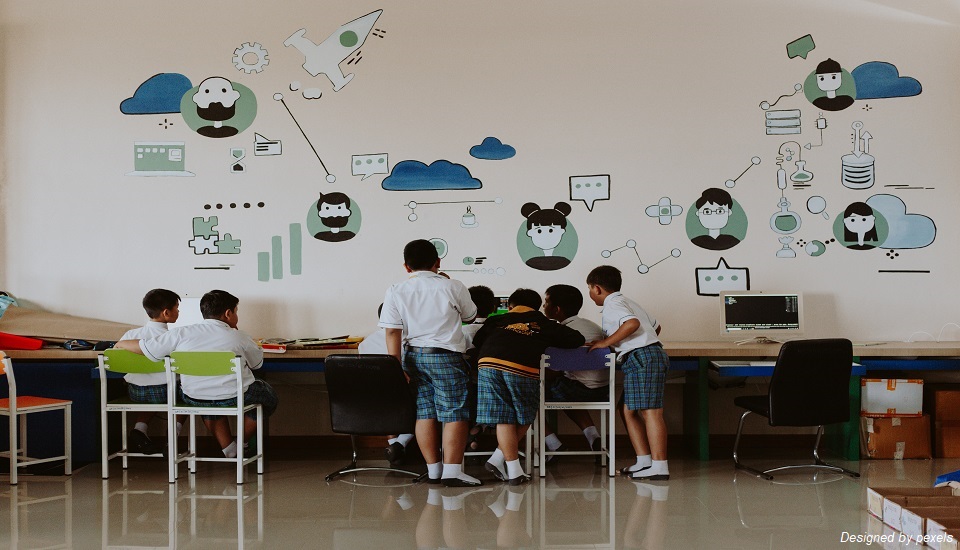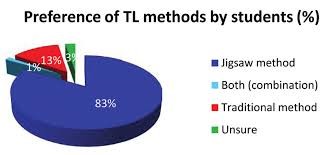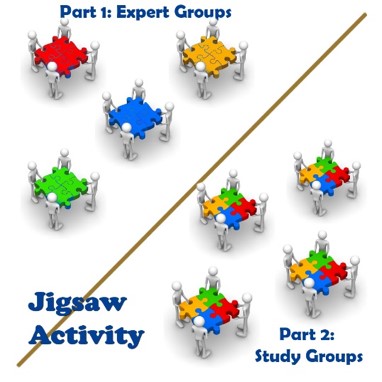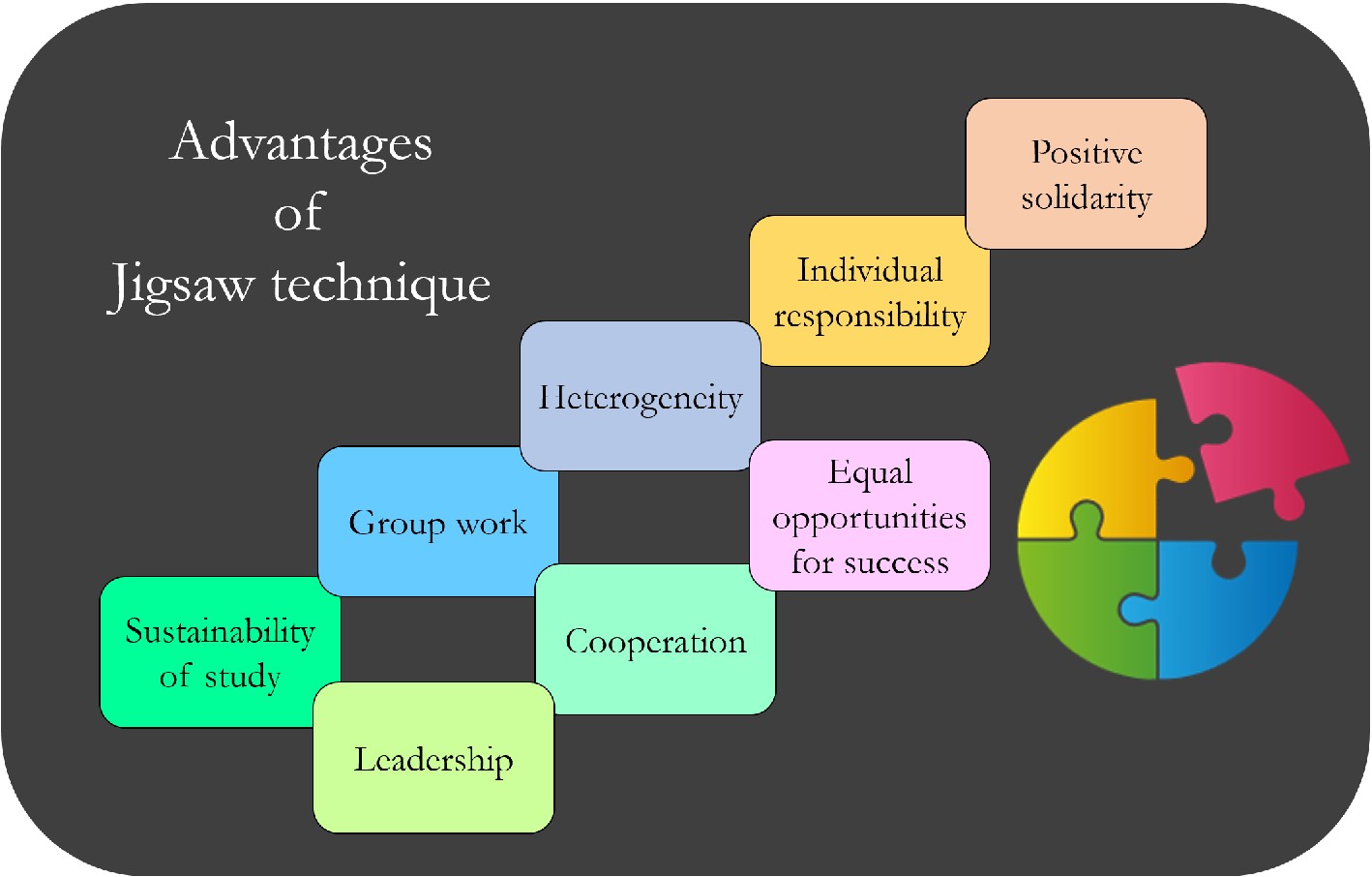
Jigsaw Teaching Method - A Technique For Cooperative Learning
6th February 2023
If each student's part is essential, then each student is essential and this is what precisely makes the jigsaw strategy so effective.
This is the idea behind the jigsaw classroom and it has an impressive track record in successfully reducing racial discrimination and increasing positive educational outcomes. Jigsaw classrooms are known to foster cooperation rather than competition and encourage students to work together as a team while being independent. As each student has something unique to contribute, the jigsaw teaching method contributes to the overall group’s outcome.
What Is Jigsaw Classroom?
Jigsaw Classroom is a cooperative teaching method that focuses on teamwork and collaboration. In this technique, students are divided into expert groups or teams and are assigned a topic or a part of a lesson. This learning strategy enables each student of a ‘home’ team to specialize in one aspect of a topic.

Students first assemble into small groups to meet with members of other groups and then after mastering the material return to their own groups to teach the material to their team members. With this strategy, every student of a team serves as a piece of the topic's puzzle and needs to work together as a whole to complete the jigsaw puzzle.
The learning strategy is used to:
- Build comprehension
- Encourage cooperative learning among peers
How To Use Jigsaw?
Jigsaw classrooms are often described as a socio-emotional powerhouse as it requires students to learn from one another. In such settings, learning cannot happen successfully unless all the students are contributing and getting along comfortably.

To create a jigsaw classroom and make each member participate equally, here are twelve steps you can follow:
- Introduce a strategy and a topic that needs to be studied on that particular day.
- Divide the class into jigsaw groups of around 4-6 students.
- Appoint one person as the leader who will display a range of reading abilities (at least 90-95 reading accuracy).
- Decide a set of reading selections and assign one section to each student.
- Create expert groups that consist of students across home groups who will read the same reading excerpt.
- Give a framework to all the students for managing their time on the various parts of the jigsaw task.
- Provide key questions to enable the expert groups to gather information in the core area.
- Offer resources and materials required for all students to learn about the given topics and become experts.
- Explain the rules for reconvening home groups and offer guidelines so that each expert can report the information learned.
- Prepare a graphic organizer or summary chart for each group so that it acts as a guide for organizing information reports.
- Remind all the home group members that they are responsible to learn all the content from one another.
- At the end of the session, arrange a quiz on the material to gauge the learning.
Benefits Of Using The Jigsaw Technique
The jigsaw approach builds the skills that dovetail with 21st-century life. While learning together, students often learn to like and respect one another. It not only develops social interactions but enhances the conversational abilities of the students.

Some other notable benefits are as follows:
- It ensures complete participation from the students and fosters cooperative learning and teamwork.
- It improves comprehension, communication, and problem-solving skills.
- It expands the critical thinking skills of the students.
- It enables students to contribute, give and accept feedback.
- Encourages engagement, listening ability, and empathy.
- Advances and promotes intercultural and global understanding.
- Gives students a feeling of ownership and independence that enhances competence.
- Creates a motivating and supportive environment.
Foster Differentiated Instruction
The jigsaw technique might be something that is often used as a behavior strategy by teachers. But even if you are not concerned about the behavior in your classroom, then you can use this as an efficient way to make the students more engaged in learning. Jigsaw lessons are not supposed to be one-offs but they need to be integrated into the current structure of everyday learning. The strategy can be applied across all subjects and no part of the curriculum should be left untouched. But, if you are unsure about how to make students accountable for their individual learning, consider pursuing a diploma in pre and primary teacher training to facilitate a better learning environment.
Written By : Laura Taylor




